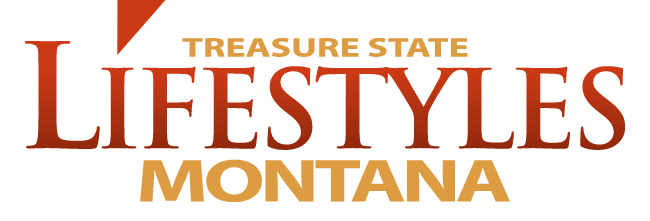By Hope Good
George Bird Grinnell left his mark on Montana and the west with his books on the Plains culture, such as Pawnee Hero Stories (1889), The Story of the Indian (1895), and The CheyenneIndians(1923).
Beginningwithhisparticipationin the last great hunt of the Pawnee in 1872, Grinnell spent many years pursuing the natural history of the region. As a graduate student, he accompanied Lieutenant Colonel George Armstrong Custer’s 1874 Black Hills expedition as a naturalist but declined a similar appointment to the ill-fated 1876 Little Big Horn expedition. In 1875 he served as naturalist and mineralogist on an expedition to Montana and the newly established Yellowstone Park. It was during that winter when seeing firsthand the slaughter of the buffalo that he began to publish articles about conservation and the protection of the buffalo. Through his magazine, Forest and Stream, of which he was editor from 1876 to 1911, he championed the protection of Yellowstone, the founding of the Audubon Society, and with Theodore Roosevelt started the influential Boone and Crockett Club.
In 1885, Grinnell, an avid hiker discovered the glacier in Montana that now bears his name. On May 11, 1910 Glacier National Park was formed by an Act of Congress with much of the credit to establish it given to Grinnell.
In 1898 Grinnell met famed photographer Edward Curtis who had rescued him after his group was lost while hiking on Mount Rainier. Grinnell was impressed by Curtis’s photographic talent and his sincere interest in Native American culture and helped convince Curtis of the need to photograph all of the Native American tribes.
Grinnell was a historian of the buffalo and their relationship with Plains tribal culture. In “When Buffalo Ran” (1920), he focuses specifically on hunting and working buffalo from a buffalo horse.
With the passage of the 1894 National Park Protective Act, the remaining 200 wild buffalo in Yellowstone National Park received a measure of protection thanks to Grinnell, but it was nearly too late for the species. Poaching continued to reduce the animal’s population, reaching its lowest number of twenty- three in 1902. However, Grinnell’s actions led to ongoing efforts by the Department of Interior to find additional animals in the wild and in managed herds to supplement the Yellowstone herd. This ultimately led to a genetically pure viable herd, and the survival of the species.
Grinnell wrote passionately about his experiences with the native peoples, their environment, culture and the buffalo.


